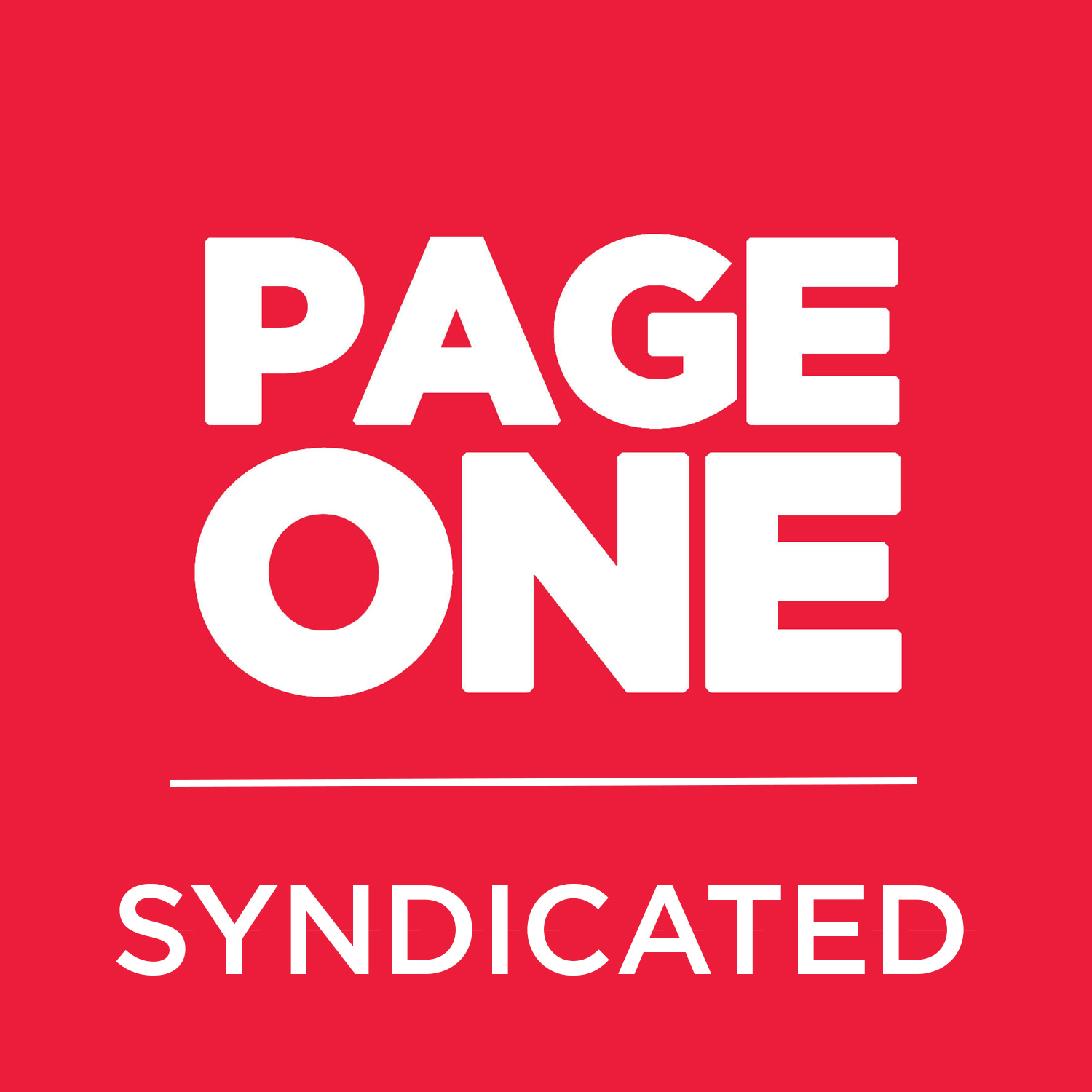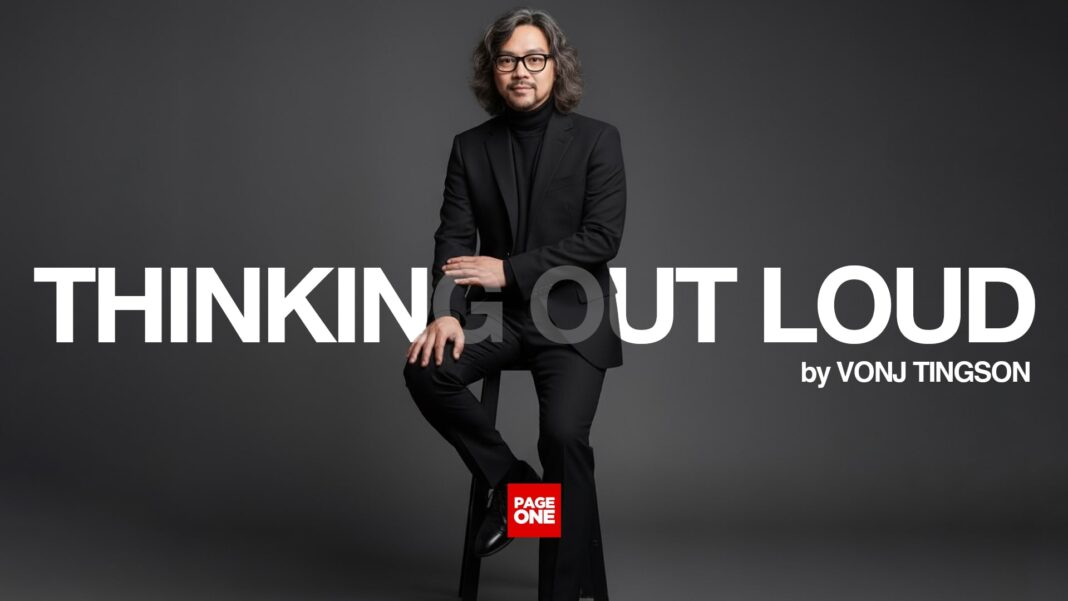When the teaser for The Devil Wears Prada 2 dropped, most viewers were drawn to the familiar glamour and the long-awaited reunion of Miranda Priestly and Andy Sachs. Beyond the style and nostalgia, however, the teaser offers a meaningful reflection on the evolving world of work. The brief clip highlights several issues that HR leaders confront today, which include leadership evolution, talent mobility, mentorship boundaries, industry disruption, and the shifting expectations of modern employees. What makes the teaser striking is how it captures these complex realities in just a few seconds without the need for lengthy dialogue. In many ways, the sequel acts as a reminder of how profoundly the workplace has transformed since the first film premiered in 2006.
1. The Return of Andy Sachs: Why Employees Come Back
Andy’s return immediately introduces the idea of the “boomerang employee,” a phenomenon that has become increasingly common across today’s organizations. Many employees choose to leave in search of new challenges or perceived growth opportunities, only to return later when they realize that their previous workplace offered a form of stability, purpose, or growth that the outside world could not fully match. This suggests that employee departures are not always driven by dissatisfaction but can instead be part of a longer journey toward professional maturity and self-discovery. Andy represents someone who left for idealistic reasons but came back with clearer priorities, stronger skills, and a deeper understanding of her identity. For HR, her return emphasizes the importance of maintaining respectful relationships even with employees who choose to resign.
Possible HR Insights
- Employees leave seeking purpose, balance, or new experiences.
- Many return once external realities reveal the value of a previous workplace.
- Boomerang hires often bring new skills and broader perspectives.
- Respectful offboarding processes create long-term goodwill.
- Andy’s return shows that a workplace can continue to hold meaning in one’s career journey.
2. Miranda Priestly: The Old Guard Leader in a New Era
Miranda represents a leadership style that once defined corporate environments, characterized by control, discipline, brilliance, and a strong sense of authority. Today’s workforce, however, expects something far more balanced, combining high standards with empathy, communication, and emotional intelligence. This shift presents a significant challenge for leaders who built their reputation in an older era where productivity was valued over well-being. The sequel may reveal whether Miranda can adapt to these new expectations or whether the modern workplace has moved past her style entirely. From an HR perspective, her evolution, or resistance to evolving, mirrors the struggles of many senior leaders who must decide whether to embrace more humane and collaborative approaches or hold on to traditional methods.
Old Leadership Traits
- Command and control
- Fear-driven performance
- Implied loyalty expectations
- Minimal emotional transparency
- Relentless focus on output
New Leadership Expectations
- Empathy and active listening
- Psychological safety
- Collaborative decision-making
- Flexibility and inclusion
- Respect for mental and emotional boundaries
3. Industry Collapse and Cultural Upheaval
The sequel’s focus on the decline of print publishing positions Runway as a symbol of organizations forced to reinvent themselves amid overwhelming technological and cultural shifts. Industry disruption causes uncertainty within teams and often reshapes organizational culture, affecting morale, job security, and personal identity. Employees may experience stress not only from performance expectations but also from the fear that their roles may become irrelevant. HR plays a critical role in supporting teams through these transitions by reinforcing stability, guiding reskilling efforts, and helping employees adapt to new ways of working. Runway’s tense environment reflects the experiences of many companies navigating rapidly changing markets.
Common Workplace Reactions to Industry Shifts
- Increased turnover
- Anxiety about changing roles
- Demand for upskilling and reskilling
- Organizational restructuring
- Pressure to adopt digital solutions
4. The Mentor and Protégé Relationship
The dynamic between Miranda and Andy illustrates a classic mentor and protégé relationship that can accelerate growth while simultaneously causing emotional strain. Miranda challenged Andy intensely, helping her develop resilience and sharpen her professional standards, yet these experiences also resulted in burnout and emotional fatigue. The sequel may explore whether their connection can evolve into something healthier, marked by mutual acknowledgment and better boundaries. For HR, this highlights the importance of creating mentorship environments that promote growth without sacrificing psychological well-being. A mentor’s influence can transform a career, but the process must be sustainable and respectful.
Healthy Mentorship Traits
- Exposure to advanced tasks
- Opportunities for rapid skill development
- Structured learning pathways
- Encouraging but challenging feedback
- Clear growth trajectories
Unhealthy Traits
- Overextension of boundaries
- Expectation of total availability
- Emotional manipulation or pressure
- Lack of recognition
- Silence around mental health concerns
5. Emotional Labor and the Cost of Excellence
Runway has always been portrayed as a place where employees must maintain composure and emotional grace, even during moments of intense stress. This type of emotional labor often goes unnoticed despite being essential to maintaining workplace harmony. When employees internalize stress rather than express it, the result is exhaustion, withdrawal, and eventual disengagement. Andy’s decision to leave in the original film reflected this struggle, mirroring real-life resignation patterns. Her return in the sequel may signify stronger boundaries or a greater readiness to handle high-pressure environments. For HR, this scenario reminds organizations to acknowledge emotional labor and provide support systems that prevent burnout.
Forms of Emotional Labor at Work
- Suppressing frustration
- Remaining calm under pressure
- Understanding unspoken expectations
- Stabilizing the emotions of leaders or colleagues
- Adapting to shifting moods within the team
6. Power Shift: Andy as an Equal
The teaser places Andy beside Miranda, suggesting she returns as an equal or as someone with comparable authority. This mirrors real workplace situations where former junior employees come back with advanced experience, new credentials, and greater confidence. Such situations often test the humility and adaptability of senior leaders, especially when old hierarchies begin to blur. For Miranda, facing a more empowered Andy may require acknowledging past actions and learning to collaborate in new ways. HR professionals often witness similar shifts when returning employees challenge old structures with new ideas and a stronger leadership presence.
Implications of Changing Power Dynamics
- Changing patterns of workplace respect
- Adjustments in decision-making authority
- More collaborative opportunities
- Potential friction between traditional and modern leadership styles
- Space for maturity-driven reconciliation
7. Psychological Contracts and Unfinished Business
The psychological contract between Miranda and Andy was fractured in the first film when expectations, trust, and emotional boundaries were violated. Andy’s return suggests a desire, whether conscious or not, to revisit and possibly repair that broken contract. Employees often rejoin organizations only when they sense that the environment may feel healthier or more aligned with their values the second time around. This highlights the importance of addressing unresolved conflicts and rebuilding trust after moments of rupture. The sequel may explore whether working together again is truly possible once a relationship has been strained at its core.
Elements of Psychological Contracts
- Mutual respect
- Fair expectations
- Transparency
- Emotional recognition
- Professional reciprocity
Miranda and Andy’s reunion is more than a cinematic moment. It symbolizes the changing relationship between leaders and talent in a workplace that continues to evolve rapidly. The teaser reflects how leadership expectations, employee empowerment, organizational culture, and industry realities are transforming before our eyes. For people managers, this serves as a reminder that adaptability, trust, growth, and emotional intelligence shape today’s workplace far more than authority or hierarchy ever could. The sequel invites both leaders and employees to consider whether they can meet again as better, wiser versions of themselves and what a healthy and evolved workplace might look like in 2026.


